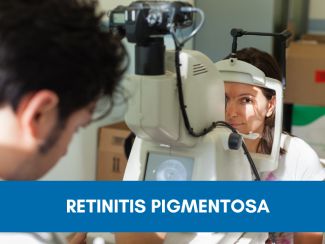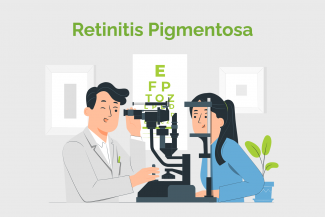
Causes and Risk Factors of RP
Retinitis Pigmentosa (RP) is caused due to a genetic defect(mutation) in the genes responsible for proper function of visual cycle which lead to abnormal protein formation and loss of function of photoreceptors. Photoreceptors (rods and cones) are light sensitive cells in the retinal layers. Rod photoreceptors are responsible for night vision and peripheral vision. Cone photoreceptors are responsible for central vision, high resolution of images and colour vision. RP is a type of rod cone photoreceptors degenerative disease where mostly the rod’s function is affected first, followed by reduction of function of cone cells of the retina.
RP can have various modes of inheritance from one generation to the next generation like autosomal recessive, autosomal dominant, X linked recessive and occasionally as sporadic mutation. The inheritance pattern has been strongly affected across the world by history of close marriages with relatives (consanguineous marriages) in the family.
Marriages with close relatives has been reported high in some communities of India especially in South India while in the North and East, such marriages are quite rare. However, RP can occur even when parents are not affected or not married in relation. The genetics of RP is very complex as it is caused by numerous genes and various mutations.
Contributed by
Dr Deepika C Parameswarappa, Consultant Ophthalmologist, LV Prasad Eye Institute
Dr Subhadra Jalali, Network Director, Consultant Ophthalmologist, L V Prasad Eye Institute











